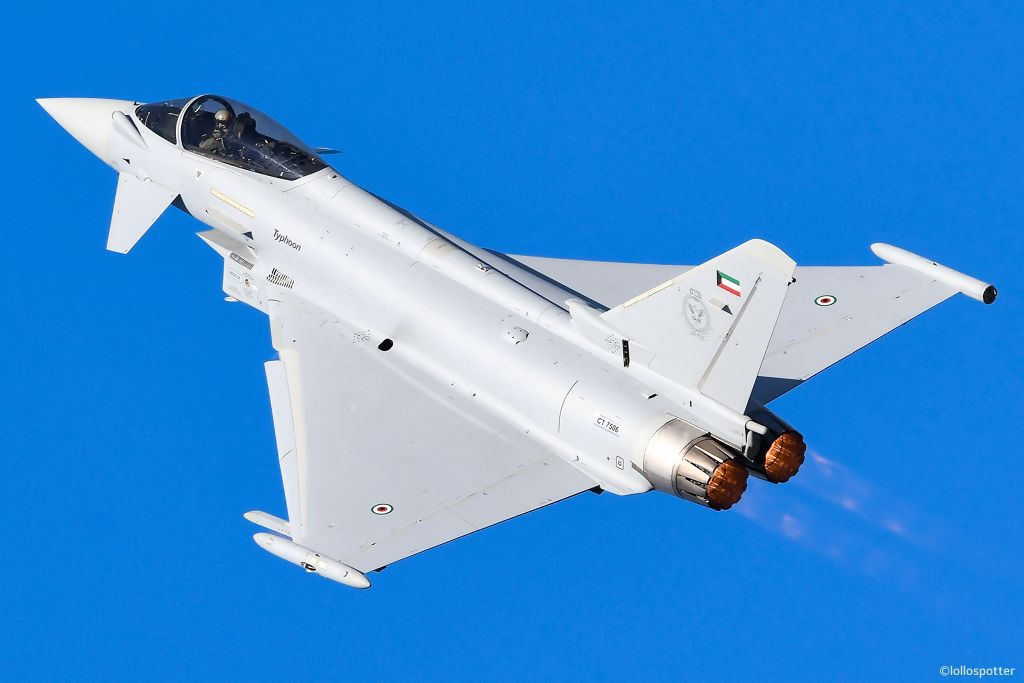Advancements in Air Force Special Operations Command: A Focus on Diverse Training Environments and Emerging Technologies
Strategic Deployment and Modernization
At the recent Air, Space and Cyber conference, Air Force Special Operations Command (AFSOC) leaders revealed their commitment to employing innovative technologies and diversifying training locales, notably in the Caribbean. This strategic pivot aims to hone operational readiness in environments that more closely mirror potential future conflict scenarios.
Lt. Gen. Michael Conley, commander of AFSOC, emphasized the necessity of expanding their training footprint beyond traditional areas. “Our operational proficiency in U.S. Africa Command and U.S. Central Command is well-established. However, venturing into new theaters is critical for our long-term development,” he stated. Such diversification in training not only broadens operational capabilities but also enhances the adaptability of command personnel.
Comprehensive Global Engagement
With an active workforce of approximately 21,000 airmen and civilians, AFSOC currently has around 1,000 air commandos deployed globally. These forces play pivotal roles across four primary operational domains:
- Mobility
- Strike
- Intelligence, Surveillance, and Reconnaissance (ISR)
- Air-to-Ground Integration
Conley’s insights indicate a forward-thinking approach: “We must simultaneously prepare for the future while remaining engaged in current global challenges. Therefore, I require our personnel to be fully prepared to deploy anywhere needed, without the luxury of focusing on a single theater of operations.”
Technological Integration and Innovation
AFSOC is actively incorporating cutting-edge technologies, particularly in unmanned aerial systems (UAS) and artificial intelligence (AI). Conley noted the command’s focus on:
-
Drones and UAS: The exploration of one-way attack systems reflects a keen awareness of how adversaries utilize these technologies. “Learning from real-world applications is paramount; it would be imprudent not to integrate similar capabilities into our operations.”
-
Artificial Intelligence: By leveraging AI for back-office efficiencies, AFSOC intends to reallocate human resources toward more complex problem-solving tasks rather than routine administrative work. “The Air Force, like the Department of Defense, excels at generating PowerPoint presentations,” Conley remarked, highlighting the need to move beyond basic tasks into areas requiring strategic thinking.
In the ISR domain, Conley identified a pressing need to reduce human labor in analyzing video feeds, suggesting an integration of AI tools that could assist operators in identifying critical intelligence faster and more effectively.
Evolving National Security Priorities
In light of shifting national security directives under the current administration, AFSOC is adapting to new threats, including a more pronounced focus on homeland defense. Recent directives from President Trump emphasize combating “narcoterrorism,” especially targeting Latin American drug cartels through direct military action.
Responding to inquiries about AFSOC’s involvement in recent military operations against alleged Venezuelan drug smugglers, Conley maintained operational confidentiality, stating, “AFSOC possesses capabilities that can support a diverse range of missions globally, and we are prepared to deploy where national interests dictate.”
Caribbean Operations and Future Training
Shortly before U.S. military strikes against alleged international drug traffickers, AFSOC hosted a special operations exercise in the Caribbean. Conley clarified that the timing of this event was coincidental, developed over two years, but expressed enthusiasm about expanding AFSOC’s training operations in this critical region.
Reflecting on his extensive history in AFSOC, Conley noted, “Having spent much of my career in desert operations, training in different climates and environments—such as the Caribbean and Pacific—is invaluable for developing a versatile force.”
As the AFSOC continues to align its operations with the evolving landscape of military requirements, the integration of modern technologies and diverse training practices will be essential for maintaining operational effectiveness in an increasingly complex global security environment.




